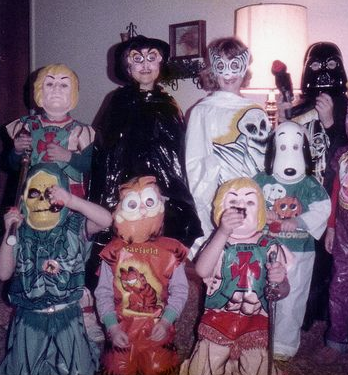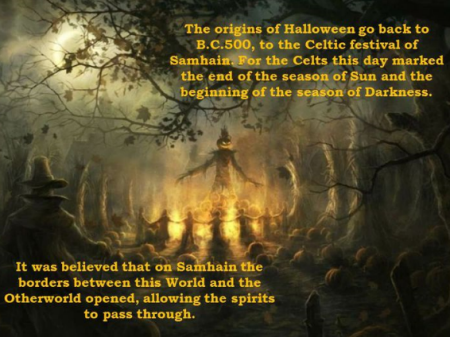Click below to listen to my 2 min. Garden Bite radio show: Tradition of Halloween
Halloween 2020 has its own creep factor. Hopefully there won’t be another like it. In lieu of costumed parties and merrymaking many are hunkering at home with a bowlful of reeses peanut butter cups. Or maybe that’s just me! Or cookies!

Halloween has been, most recently, a huge BOON for retailers with $9 billion in sales… but it’s 2020, so I wouldn’t expect that much this year.
Through the years, traditions were brought to America through European immigrants and the celebrations changed in a number of ways. Between 1920 and 1950, the centuries-old practice of trick-or-treating was revived.

Trick-or-treating was a way for an entire community to share the Halloween celebration. In theory, families could also prevent tricks being played on them by providing the neighborhood kids with small treats. A new American tradition was born.

There are differing opinions as to the origin of the celebration of Halloween. But we’ll start with the ancient Celtic festival of Samhain (pronounced Sah win). These people celebrated the new year beginning at sunset on October 31st as the end of summer and harvest and the beginning of the dark, cold winter. In one tradition reported, Celts believed that on the night before the new year, the boundary between the worlds of the living and the dead became blurred. On this night it was believed that the ghosts of the dead returned to earth.

The likely MAIN focus of Samhain was that people would gather and start bonfires and animals and crops were burned as sacrifices to the Celtic deities. It was a way of giving the Celtic Gods and Goddesses their share of the crops and herds from the previous year. In addition to being used for sacrifice, these fires were considered sacred and served to cleanse the old year and prepare for the new year.

Americans are also the ones who started using pumpkins as jack-o-lanterns, or Jack of the Lantern.


